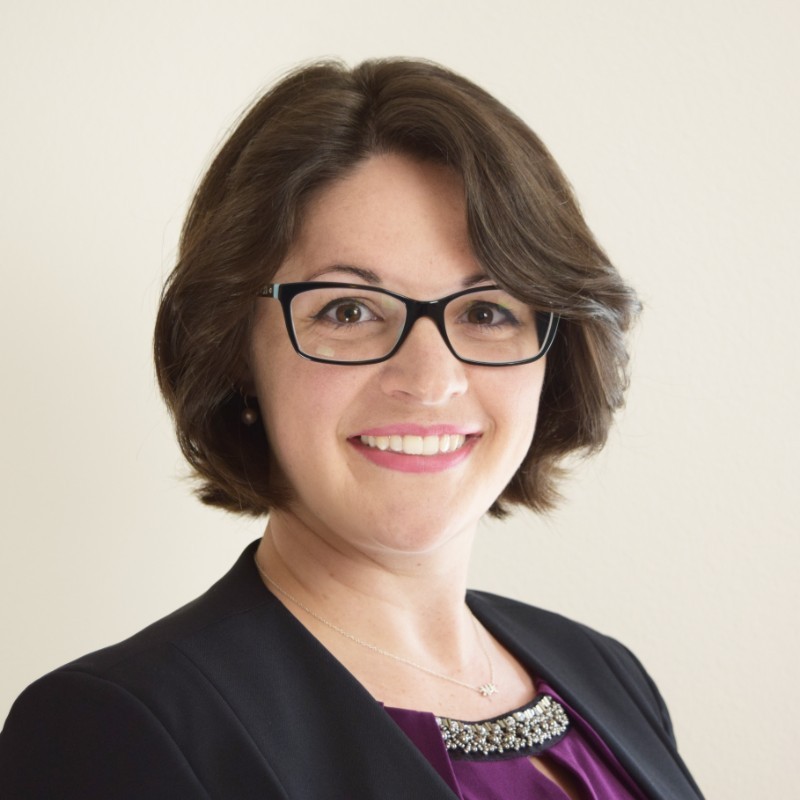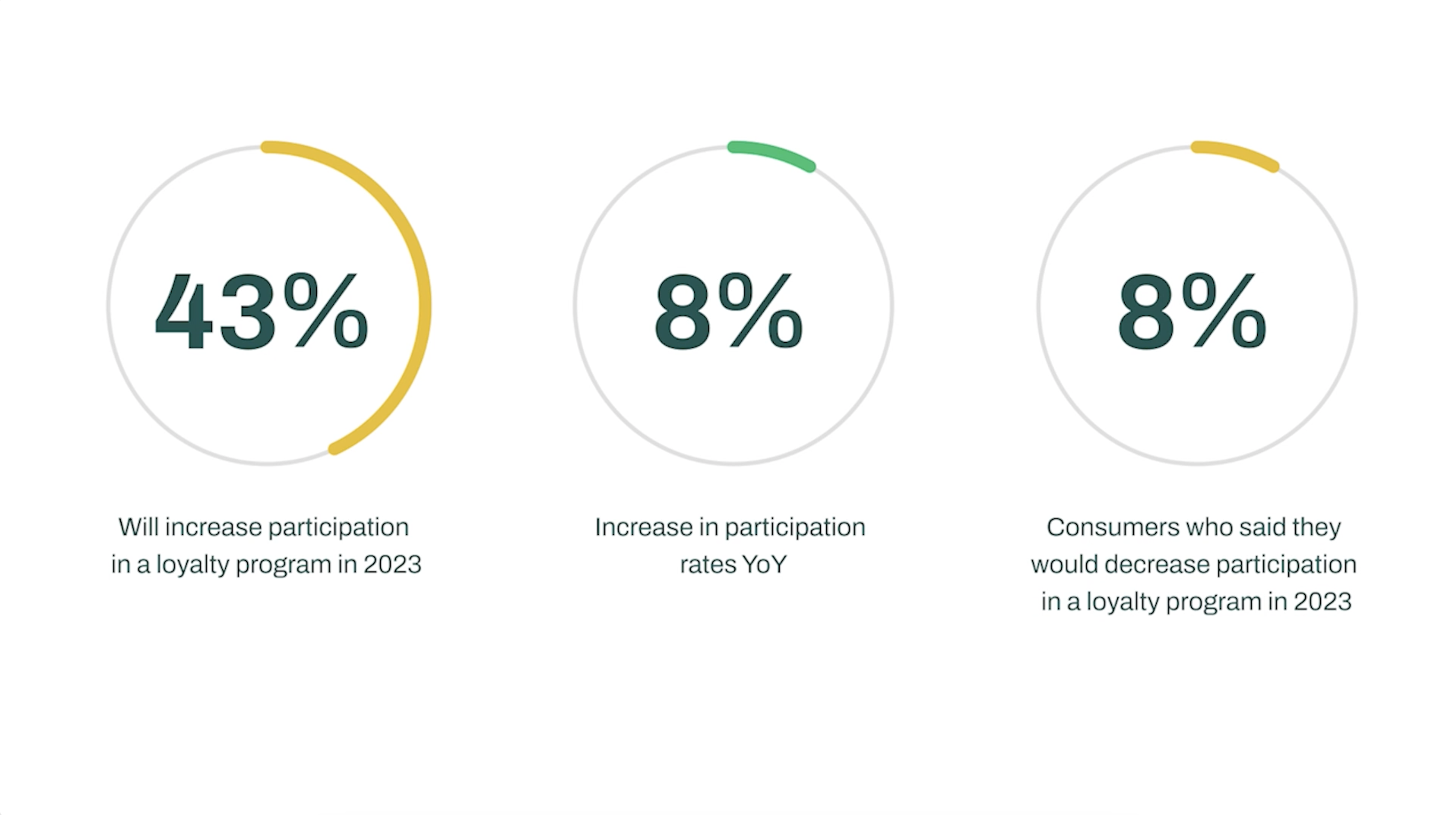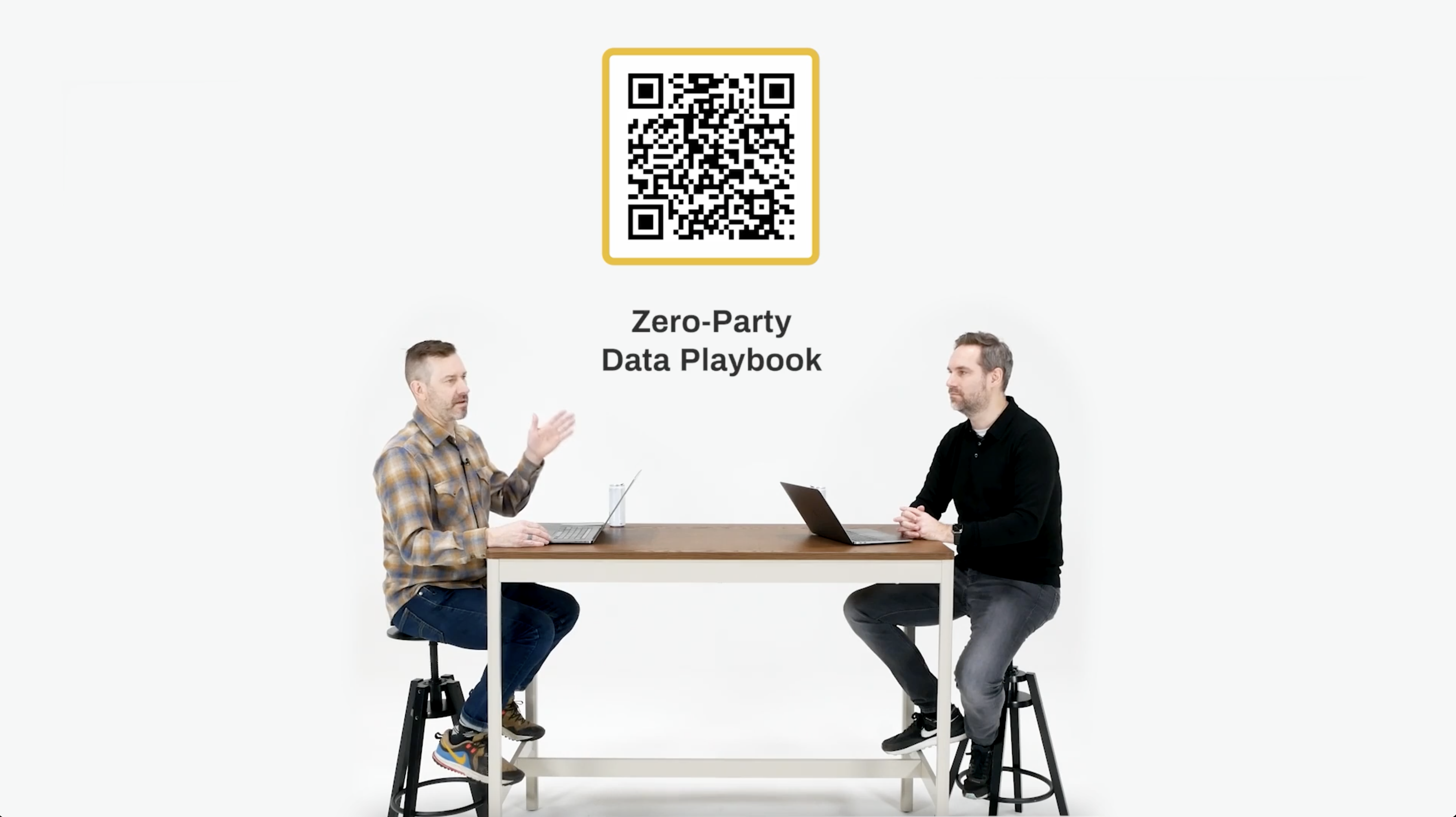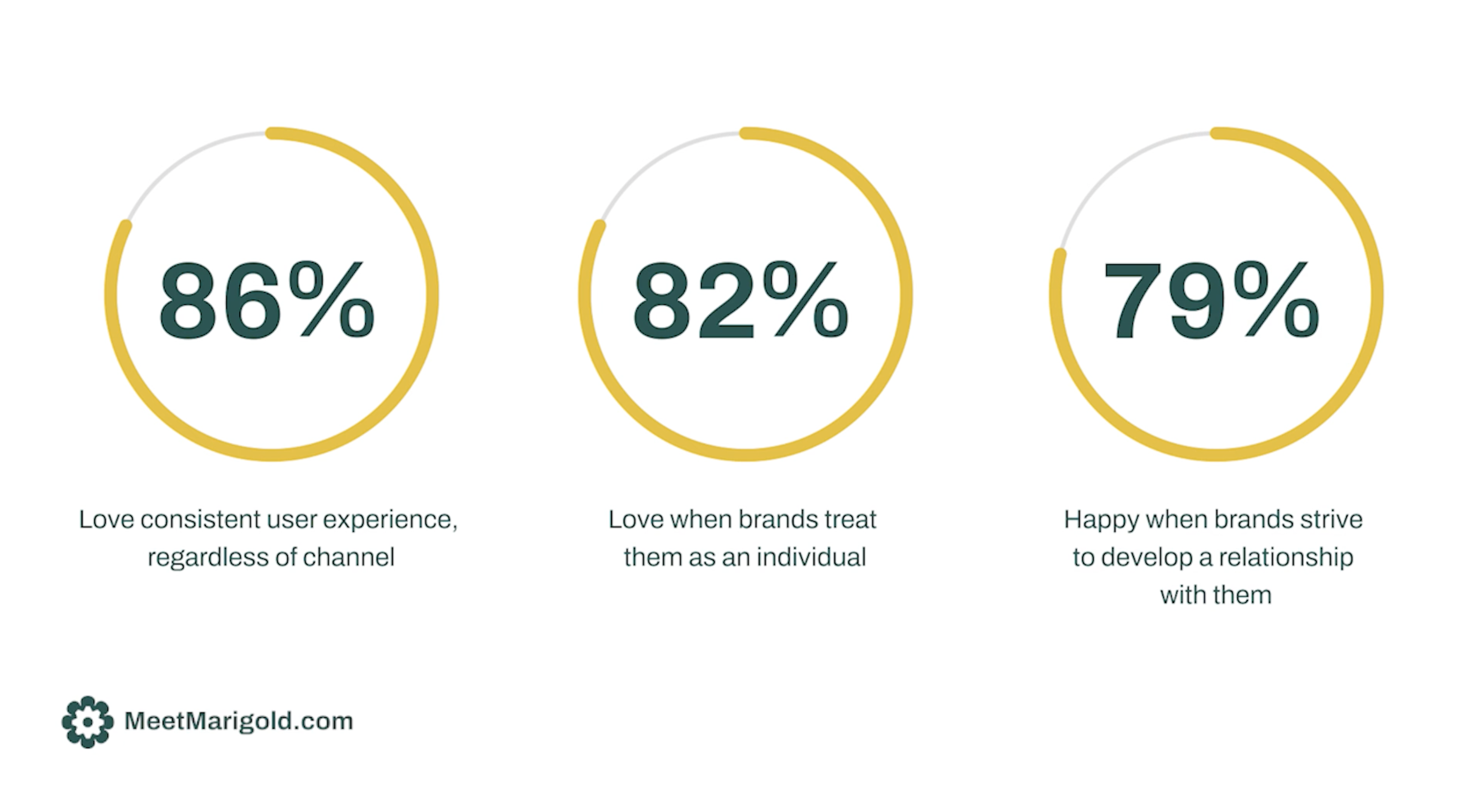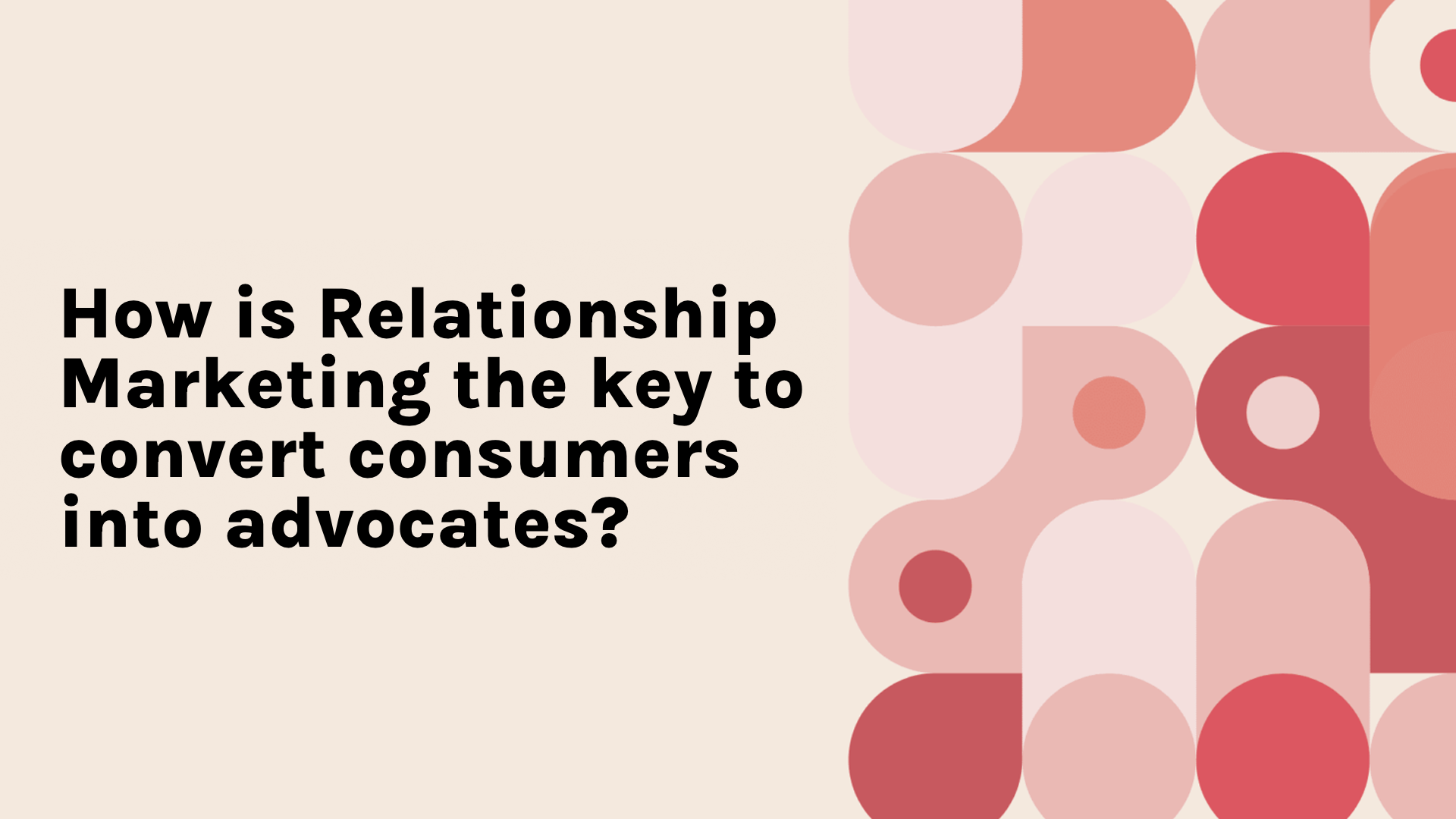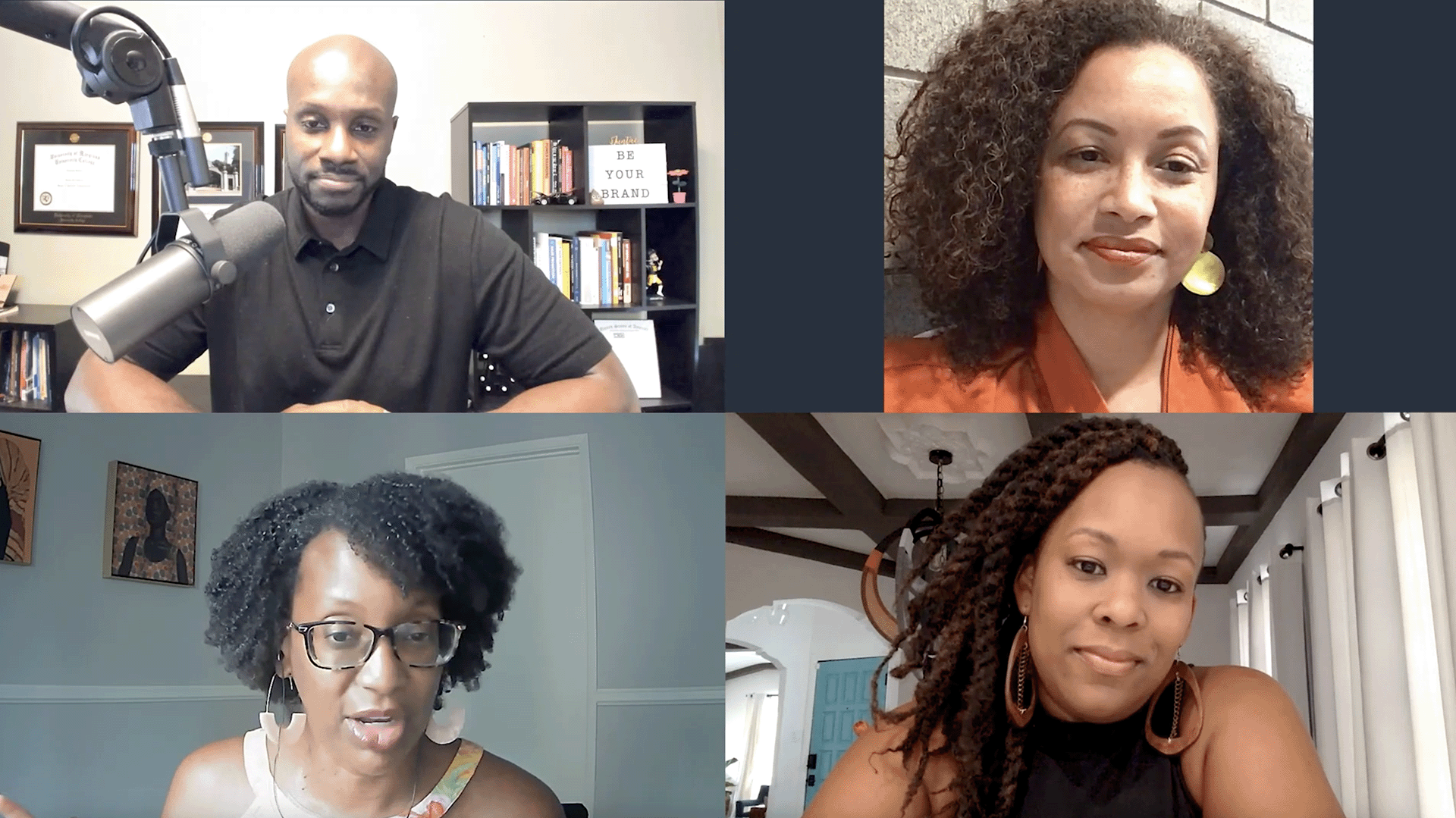Client Success: Leveraging Data for More Effective Email Personalization at SeaWorld
- 0.5
- 1
- 1.25
- 1.5
- 1.75
- 2
Tim Glomb: It is August, 2020, I'm in my vacation outfit. And I am in Orlando, Florida to meet Katie Ryan, the corporate email marketing manager at SeaWorld Parks and Entertainment. Tag along, I'm going to check out some rides, lend a helping hand before our interview. Let's go. SeaWorld Parks and Entertainment operates several theme parks in the United States, including Bush Gardens, Sesame Place, Discovery Cove, and the flagship brand, SeaWorld. Hi guys. The corporate team took on a massive digital transformation project recently, organizing over 10 years of historical data, plus new incoming data streams. And they built this awesome coaster, which I'm going to try, even though I'm running a little behind. I wonder if Katie's waiting for me? With millions of visitors passing through their parks each year, the marketing department has an unlimited amount of behavioral data points that come in real- time. They then use Cheetah Digital's platform to analyze, segment, and activate all of that data, delivering automated personalized content and offers direct to consumer. That's all I have guys. Well, I've got to wash my hands, and I am late for this interview. Towel. Katie, thank you for setting up earlier today. It was awesome. I'm sorry I'm late.
Katie Ryan: I'm glad you had a blast.
Tim Glomb: I did. Those sea lions, they can really eat.
Katie Ryan: They're incredible.
Tim Glomb: I mean, it took a while. And they asked me to clean out the shark tank after our interview.
Katie Ryan: Are you sure about that one?
Tim Glomb: I'm kind of up for anything. We'll see what happens. Oh, hey, how you doing, buddy? Katie, can you tell us about SeaWorld Parks and Entertainment? What does that organization and corporation entail?
Katie Ryan: Sure. So SeaWorld Parks and Entertainment is comprised of 12 different parks. We have three SeaWorld locations, two Busch Gardens. We have Discovery Cove, which is our resort experience. And then we have a variety of water parks, and also Sesame Place.
Tim Glomb: Wow. So you are like theme park extraordinaires.
Katie Ryan: Absolutely. Of course we have the in parks, but we also have an animal side and a rescue side. So we're the leading rescue organization in the country.
Tim Glomb: Wow.
Katie Ryan: We've rescued over 37, 000 animals.
Tim Glomb: I want to ask some questions about that in a little bit. I'm glad you brought it up. So your email, and you and I, before this interview talked a little bit about digital transformation.
Katie Ryan: Absolutely.
Tim Glomb: Digital transformation, this is 2020. This is the year of transformation for everyone, consumers, businesses, everything, we're all into the new normal, the unknown. Can you tell us a little bit about your digital transformation project, which wasn't necessarily COVID- related, but can you just give us an overview of what you had to tackle through your digital transformation?
Katie Ryan: Sure. Well, we started sometime last year, and we really looked at our database for our email marketing program, and we realized that we hadn't really changed a lot in the past 10 years. And so it was really time to come in and completely rebuild everything. We needed to clean house.
Tim Glomb: And this is data. This is organization. This is processes. This is everything.
Katie Ryan: Absolutely. Yeah, everything soup to nuts.
Tim Glomb: Cool.
Katie Ryan: So we really looked at what we had, our tools, our data, and then the platform. And we decided to come over to Cheetah and rebuild. So we looked at building a new database using relational tables and thinking through what are the data touch points that we have, our guests are interacting with the park, and how can we use that to improve their experience?
Tim Glomb: So some people look at data transformation on that level and go," Oh my gosh." They lose their mind. They pull their hair out. How did you approach it? Was it a positive, like great, clean sheet of paper. We can start fresh. Or was it daunting?
Katie Ryan: Yeah. So a lot of our data projects, it's easy to get wrapped up in all of the little details, and really thinking about how many things can we bring in, but we really wanted to take a step back and see what's important. So it's important to us that we know about the guest, about their relationship with the park, if they have admission, and how they use it and what kind of admission it is. And we could have gone as far as finding out how many hot dogs somebody has bought, but that's not really important to getting a relationship built with the park. So we really wanted to make sure that we had the right data points.
Tim Glomb: Got it. So collect the right data, not, everyone talks about big data and oh, give me data everywhere I can get it. You wanted the right data.
Katie Ryan: Exactly.
Tim Glomb: Cool. And in that transformation, I'm thinking of someone who might be watching right now going," This is what I have to do. My boss set me up to digital transform our entire company." Do you have like one piece of advice when it comes to digital transformation and taking that on?
Katie Ryan: Sure. So I think the biggest thing was getting the smart people in the room to sit down and think through what's important, what we have available, and then what are the pieces that are going to be the path of least resistance to get you there?
Tim Glomb: Okay. So let's bring it back to SeaWorld for a second. Your unique instance, you have a corporate central, I'll call it command. I don't know if you use the word command, but corporate central office, and you have a regional and these other parts. Can you explain how that's set up and how your brand operates?
Katie Ryan: Sure. Yeah, we call our corporate office often the parks support center, because we're really supporting the initiatives of the parks. So we have this centralized marketing team, but then we also have marketing teams out at the parks. And so what we do is we have a partnership and things like email, it makes sense for a group of people to really bring some synergy across all parks and have a function that's done in the same place. And so we really are looking at how can we partner with the park teams...
Tim Glomb: Sorry, is that a grouper?
Katie Ryan: Yes he is.
Tim Glomb: I have a groupie following me at the interview. I'm sorry.
Katie Ryan: He's so cool.
Tim Glomb: This is the coolest place to do an interview. Sorry. Go for it.
Katie Ryan: It's all good. So we have our centralized email team that really supports all of the different parks. And so they may work on a SeaWorld brand today and a Bush Gardens brand tomorrow, but we're really trying to bring synergy across the entire organization and support what the park teams are really doing.
Tim Glomb: So that's a really, that's a tough task, right? Because you have your central command and your go- to, what you need to do. But everybody has to act regionally in their own tone and their own feel and be their own brand.
Katie Ryan: abs.
Tim Glomb: How does Cheetah, if you had to just say there's one or two things that Cheetah Messaging as a platform does for you in that, how does that make your life or your team's life easier? Is there one thing that...
Katie Ryan: Yeah. I think we've got a lot of visibility into what each park has, so anybody on the team can cover for it. And one of the other benefits that we've found is with so many parks to keep looking after and making sure are current, we also reuse a lot of content. Right now we're looking at safety. So we have a couple of different modules that we've built out that talk about safety in different ways. So we always know that they're up to date. We can put them in an automated series, in day- to- day touchpoints, and reuse them, knowing that they're always going to be current while not having to rebuild it every time.
Tim Glomb: Wow. So syndicating content, having quick access to it, no matter who in the organization at a regional level or corporate level, and then just labor and time- saving, is that right?
Katie Ryan: Absolutely.
Tim Glomb: And your teams like it as well? I mean, your teams seem to be functioning pretty...
Katie Ryan: Yeah. The team really kind of took to it very quickly. We had a couple of training sessions and it's been very easy to pick up and it makes a lot of sense. It's intuitive.
Tim Glomb: Let me ask you about the data. You mentioned before getting the right data. What kinds of data are you either collecting today or looking to collect to enhance your customer experience through email?
Katie Ryan: Sure. So the biggest things, if you think about an experience in coming into our parks, so you may subscribe to email, which might be an early touchpoint, but then if you make a purchase, we've got a couple of pieces that we can connect the dots on. So if we've got your zip code, then we know you might be more likely to buy a pass, or you might be more likely to buy a vacation package. So those connections are really important to us. And then as you go further, if you buy a pass, if you have your pass barcode, we're more likely to be able to target you with things that past members are eligible to purchase. For instance, if you're a past member, if the one that you bought is eligible for 20% savings off of a shark tour behind the scenes-
Tim Glomb: Which I'm happy to give anybody. I had a great morning doing my tasks at the park.
Katie Ryan: You are an expert now.
Tim Glomb: So got it. That's a customized personalized offer based on something you know about the customer.
Katie Ryan: Absolutely.
Tim Glomb: Wow. So how important is personalization to you as a thought process moving forward? Is personalization the way to go for customers these days?
Katie Ryan: Absolutely. Personalization, if we can really target you with the information that is valuable to you, then you're going to engage with our program more and more every single time. If we sent a blanket to every single consumer, we would lose interest in a heartbeat. So really if I can figure out what you're interested in and what's going to be engaging for you, that's what I want to talk to you about.
Tim Glomb: Yep. And it's about stitching that data and making it actionable.
Katie Ryan: Absolutely.
Tim Glomb: Cool. Okay. Can you give me an example of an automated trigger, based on behavior or something for a consumer and how you're giving them back value or some personalization?
Katie Ryan: Absolutely. So our past member Welcome series is a really good example of that. So if you come onto our website and you purchase an annual pass, that's a product that lets you visit our park unlimited times for 12 months. And that can be kind of daunting. How do I get started? How do I get my account activated? How do I start getting some of these great discounts? So what we'll do is we'll send you an initial welcome email, and here are the first three things that you need to do with your pass. And we can even hide some of those things if we know that you've already done those, you've taken those actions.
Tim Glomb: So conditional formatting or dynamic content based on the data.
Katie Ryan: Absolutely. And we can follow- up with second and third touch points based on different activities. If we know that you've purchased something, we can target you with something else, if you haven't visited the park yet, we can send you a touch point that encourages you to come use your brand new pass and get in the park and start having fun.
Tim Glomb: Wow. Make it easy to have fun.
Katie Ryan: That's the goal.
Tim Glomb: That is the goal. Okay. In March of 2020, which was not long ago, everybody watching was disrupted, right? So COVID kind of crushed businesses, and you guys being a theme park, it hurt your business. I'm not going to ask you to talk about that, but because you have a database, because you have email and you have a great platform and a savvy team, what were some of the things you were able to do to counterbalance the crisis, so to speak?
Katie Ryan: Sure. So during a time where we had to close our doors, we really had to take a step back and think about what are the things that our consumers, our guests are interested in? And an untapped content area that we really looked at was education. So we have a long history of education with our company, with our rescue, we do a lot of school programs. And so we had this repository of content that we really wanted to take advantage of. So we put together some packages, we released a nine week series that talked about different animals. The aspects, you could listen to sounds, watch a video. So we really packaged that together and even had coloring activities to be able to send that out to families who at the time didn't have school. They didn't know how to keep their kids busy. So that was in a space that we really wanted to be a part of.
Tim Glomb: Wow. That's very cool. And would you say that you're lucky to have invested into the data and storing this data and all the other things so that you could engage and reach people via email when they were coming to your park.
Katie Ryan: Absolutely. Yeah. It was a really important time for us, especially the education team was so excited to finally be the spotlight.
Tim Glomb: Shark fight.
Katie Ryan: They were excited to really be the spotlight for that program, and then it was just really engaging. We saw a lot of activity on social media where every time we sent a new email, people were so excited to see what are the activities that we can do this week?
Tim Glomb: So you have the benefit of all this data, and the platform and the people to run it. There are people watching right now that are watching because they're not sure if they should heavily invest in email or SMS or other messaging platforms. Maybe they have an email list. Maybe they do a newsletter, but they're not really engaged in their thinking about it. What would you say to them if they're on the fence about making that investment heavily into consumer data and the ability to message, data- driven messaging, what would you say to them?
Katie Ryan: Sure. Well, we really look at it as a foundational channel for us, especially because it's something that we can activate so quickly. We can be nimble, we can be targeted, and it's really a great way for us to engage on what feels like a one- on- one conversation. So it's a very important channel for us.
Tim Glomb: Got it. So it's not a nice to have for you. It's a must have.
Katie Ryan: Absolutely.
Tim Glomb: Katie, let's talk about the future, because we all like to look forward, right? This year we want to get behind this. What drives you as a marketer? What do you look forward to and get excited about whether it's technology or personalization or data meeting, offer management, what excites you about the future of communications and marketing?
Katie Ryan: Well, I love this area because it's always changing. And I love change. So really looking for what are the new things that are coming, and how can we use those to our advantage and use them in an intelligent way?
Tim Glomb: Yeah. All right. I like that. How about loyalty? How important is, and I know this isn't your field necessarily, but how important is loyalty? Because you've said things in this interview that really sound like loyalty to me, offer management, personalization, making sure you get the right discount or right offer based on you. So how does SeaWorld look at loyalty in general?
Katie Ryan: Yeah. So loyalty, we really want to build a relationship with all of our guests. And so the more we can create that one- on- one relationship where they feel like they have a reason to keep coming back to us, that's really important for us to build. So we have a past membership program that we really have looked at as our primary loyalty program. But now with emails, we're getting smarter, we can start to reward behavior, and we can really provide people with things that they're looking for to enhance their experience. And so the more that we can put into that, the stronger our program is going to be.
Tim Glomb: Great. Okay. This is rapid fire quiz style here, short answers, how important is first personalization going to be, and are we to see a huge explosion in 2021 from brands really personalizing these email, SMS channels.
Katie Ryan: So as companies are really looking inwards during this time and figuring out how they can improve theirselves, I think data is really going to be a big piece. And where there's more data, there's going to be more personalization. So I think it's a very important piece.
Tim Glomb: Okay. How important do you think real- time data is going to become to informing your messaging moving forward? Whether it's email, SMS or personalized offers, is real- time data streams from ticket sales or swiping, we know they're in the park. We know that just bought a hot dog. Is that stuff going to become more important in the future?
Katie Ryan: I think so. Yeah. The more in the moment we can be with some of our messaging, the more relevant it's going to be to a customer. So when they take an action, like they visit the park, if we can send a message that's going to help them that day, if we can say," Hey, download the app, don't get a paper map, you have it in your hand." That's going to be more useful. And it's going to create a more fulfilling experience there in the moment. It's not as helpful the next day though. There are plenty of other things that we can do the next day as well.
Tim Glomb: Okay. I'm going to ask you about mobile. How important is mobile in 2021 and beyond for all this messaging and optimizing for that mobile device?
Katie Ryan: Mobile is vital. Mobile is the opportunity that you have to reach someone there in the moment, rather than letting things stack up in their email and coming back to it whenever they sit down in front of the computer. So mobile, you've got eyes at any time during the day, and they can interact, regardless of what else is going on in their lives. And so being able to be there in the moment is vital.
Tim Glomb: And then handing your team the right tools, to be able to get the right message to the right people, a lot of automation will take care of that, but also being nimble and being able to activate it.
Katie Ryan: And then really thinking about the creative as well, because if our creative, we design on desktop computers. So it's easy to forget what it looks like when it's in your hand. So it's really important to be able to see, are these things going to move around? Are they going to interact? Can you swipe them back and forth? These things are really creating a unique experience for the user.
Tim Glomb: Well Katie, I can't thank you enough for the invitation. I can't thank you enough for the pass to go through the park, even though I had to work for it. This has been great. We appreciate you being part of Signals. We're hoping everyone watching is safe at home. We've been doing everything safely here. So again, just thank you for coming to Signals for us.
Katie Ryan: Thank you for joining us here in sunny Florida.
Tim Glomb: And for everyone watching at home, I hope you're staying safe. Thanks for watching. If you want to learn more about Cheetah Digital data transformation, data- driven messaging, personalization, inaudible optimization, I could go on for days, CheetahDigital. com. Thanks for watching.
Speaker 3: Signals 20, the content series for marketing rockstars.
DESCRIPTION
We’re onsite at SeaWorld in Orlando, Florida, to speak to Corporate Marketing Manager Katie Rhine about what it takes to run the marketing for one of the largest parks in the world.
With 12 different parks, including three SeaWorld locations, 2 Busch Gardens, Discovery Cove, Sesame Place, and a variety of waterparks, SeaWorld has a marketing challenge. The team was tasked with making better use of their data for more effective personalization for guests in the face of a rapidly changing landscape. Take a trip to SeaWorld in this session and learn about their digital transformation and the role email plays in their ability to deliver more relevant and personalized experiences.
Today's Guests
